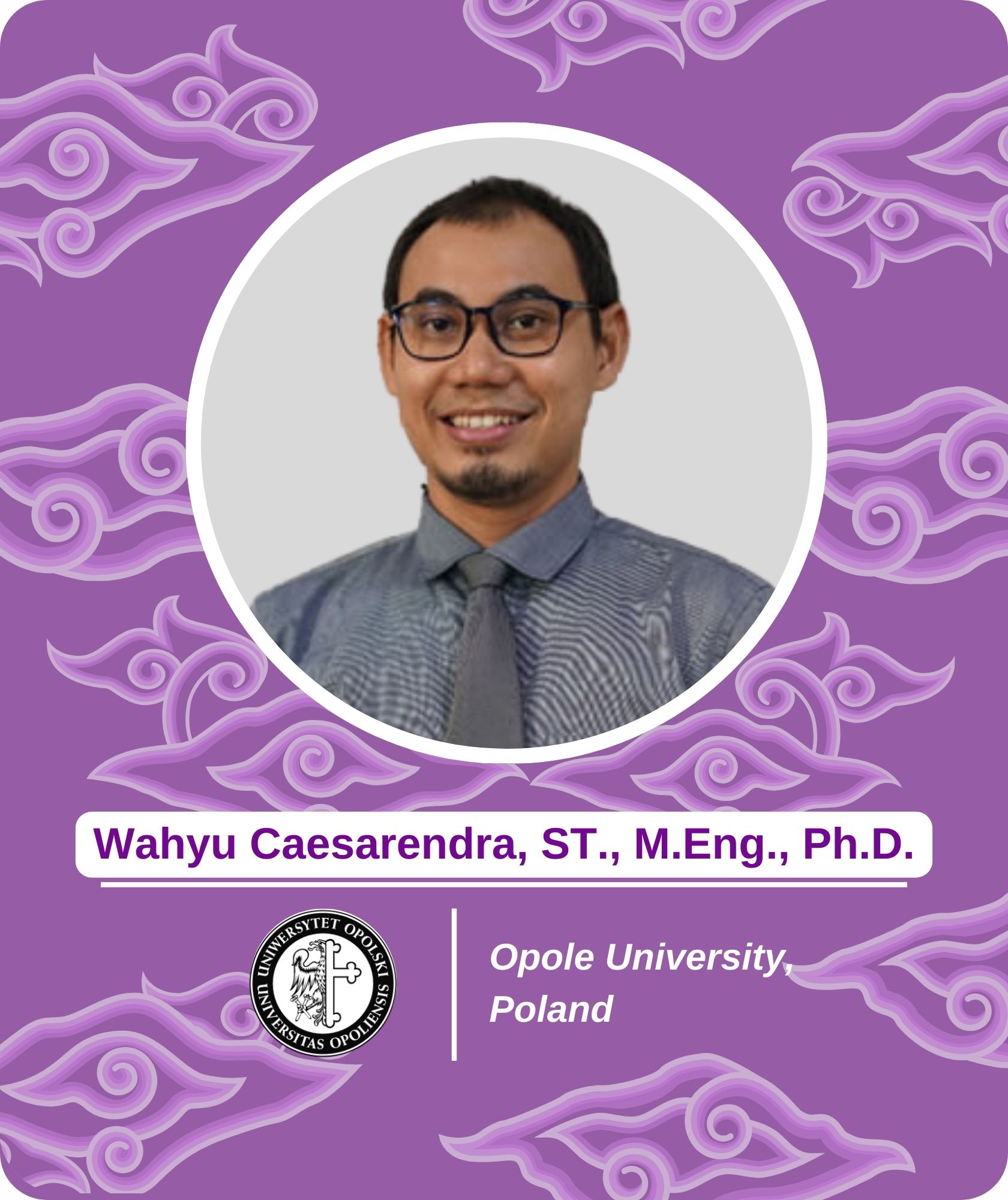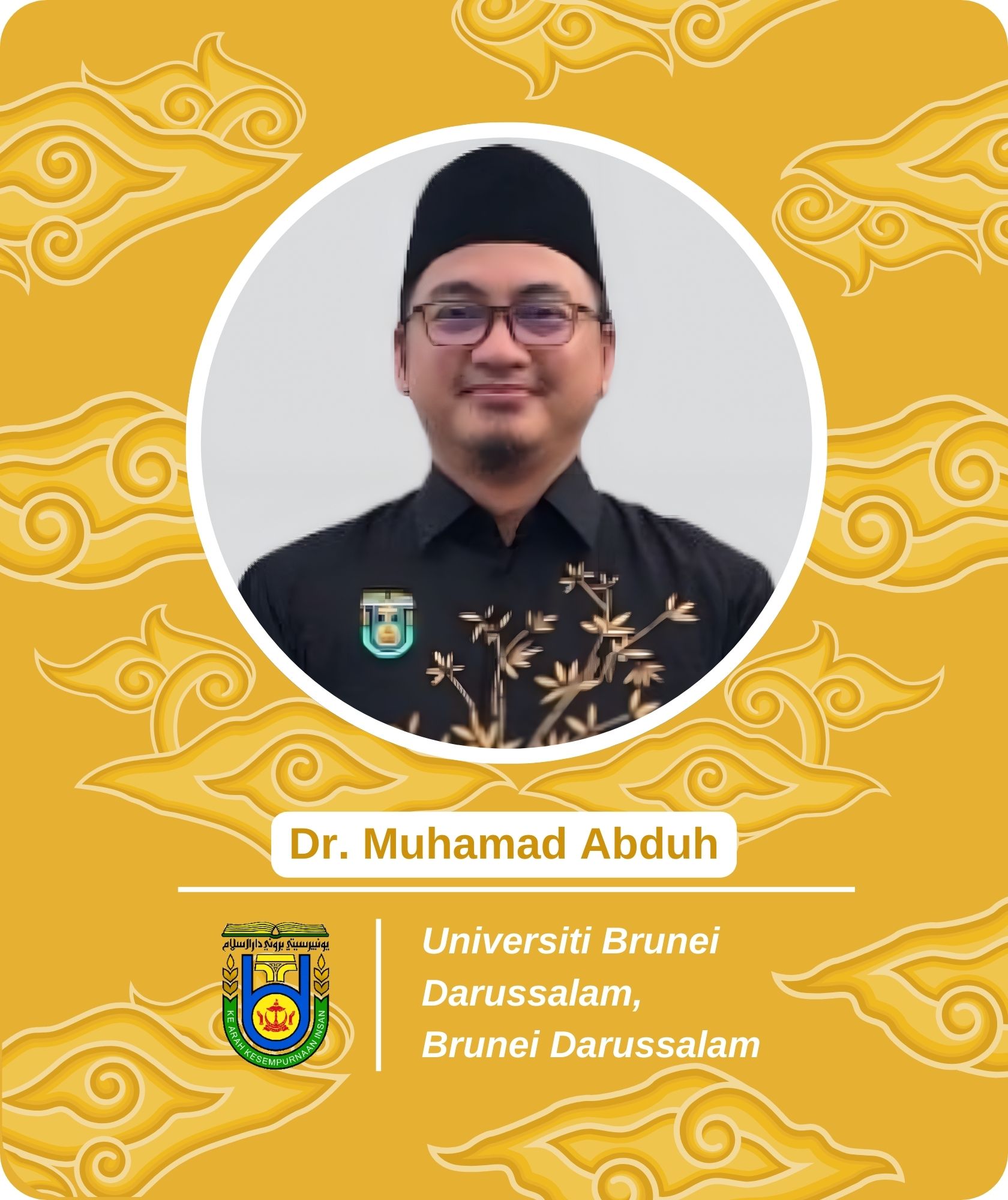Optimization of mannan polysaccharide extraction from palm kernel meal using ultrasound-assisted extraction (UAE) method
Keywords:
Extraction, mannan polysaccharides, palm kernel meal, UAEAbstract
Research on the extraction of mannan polysaccharides from palm kernel meal (PKM) remains limited. This study aimed to optimize the ultrasound-assisted extraction (UAE) method, focusing on varying extraction times to maximize the yield of mannan polysaccharides from PKM. A completely randomized design (CRD) was utilized, involving seven treatments and five replications. The treatments included: T0 (untreated PKM; control); T1 (PKM+UAE for 30 minutes+E1 [single extraction]); T2 (PKM+UAE for 60 minutes+E1); T3 (PKM+UAE for 90 minutes+E1); T4 (PKM+UAE for 30 minutes+E2 [sequential extraction]); T5 (PKM+UAE for 60 minutes+E2) and T6 (PKM+UAE for 90 minutes+E2). Yield data were analyzed descriptively, while fiber composition and total sugar content were statistically evaluated using ANOVA and Duncan’s multiple range test. Results indicated that the T2 and T5 treatments produced the highest yields (E1:4.62%; E2:9.20%) compared to other methods. Total sugar content in UAE-treated samples (3.96%-10.79%) was significantly higher (p<0.05) than in the control (T0). However, no significant differences (p>0.05) were observed between T2-T3 and T5-T6. In conclusion, the 60- minute UAE method (T5) was the most effective and efficient, achieving the highest yields of mannan polysaccharides and total sugar content. This study underscores the potential of UAE to enhance bioactive polysaccharide extraction from PKM.




















